When you need to scan a QR code on your Android device, it's simpler than you might think. Just open your Camera app and point it at the code; if your camera supports this feature, it'll recognize the code automatically. But what if it doesn't? Or what if you want additional functionalities? There are multiple methods you can explore, including Google Lens and third-party apps. Understanding these options can enhance your scanning experience and guarantee you're getting the most out of your device. What's the best approach for your needs?
Understanding QR Codes
QR codes, or Quick Response codes, are two-dimensional barcodes that store information in a compact format. They were invented in 1994 by a Japanese company called Denso Wave, primarily for tracking automotive parts. The QR code's ability to store vast amounts of data compared to traditional barcodes led to its rapid adoption across various industries. Over the years, the QR code history has evolved, shifting from a niche tool in manufacturing to a ubiquitous technology in everyday life.
Today, QR codes have numerous applications. You'll find them in marketing materials, product packaging, and even on restaurant menus, providing quick access to information or links. They're especially popular in mobile payments, allowing users to pay by scanning a code instead of using cash or cards. It's also common to see them in events and ticketing, where they streamline the check-in process.
As you engage with QR codes, it's crucial to recognize their versatility. They can store URLs, contact information, and even text messages. This adaptability makes them a valuable tool for businesses and individuals alike. In a world where convenience and speed are paramount, QR codes bridge the gap between physical and digital information seamlessly.
Understanding QR codes opens up new avenues for you to explore in both personal and professional contexts, enhancing how you interact with the world around you.
Using the Camera App
With most modern Android devices, using the camera app to scan a QR code is quick and straightforward. Here's how to do it effectively:
- Open the Camera App: Locate and tap on your camera app icon. Make sure it's set to the default camera mode for best performance.
- Adjust Camera Settings: If you find that your camera doesn't automatically recognize QR codes, check the camera settings. Look for an option like "Scan QR codes" and confirm it's enabled.
- Position the QR Code: Hold your device steady and point the camera at the QR code. Ensure the code is well-lit and within the camera's frame. The camera should automatically detect the QR code within a few seconds.
- Access Scan History: After scanning, a notification will pop up with the action associated with the QR code. If you need to refer back to the scanned QR codes, check your scan history in the camera app or the notifications section.
Scanning With Google Lens
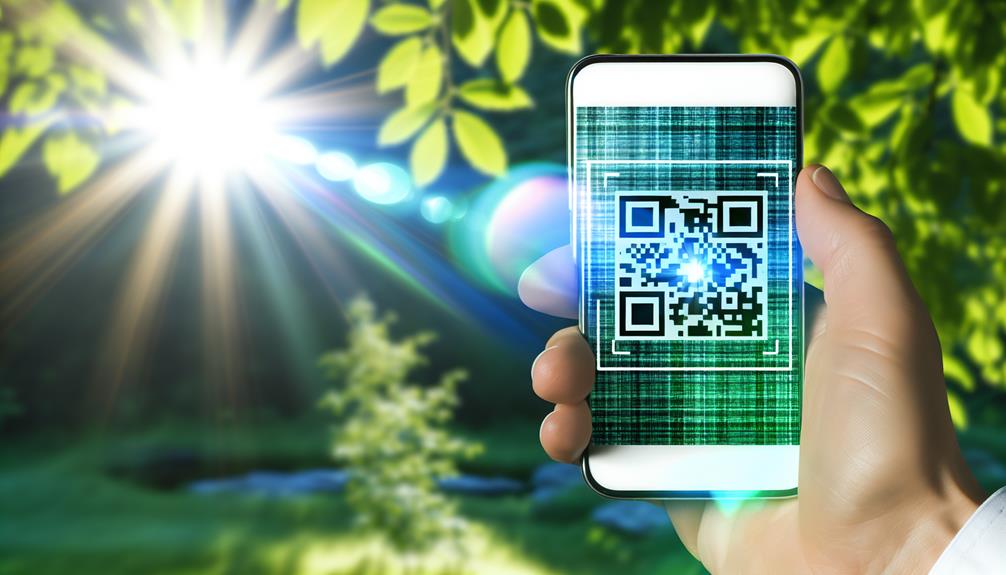
To scan a QR code with Google Lens, you'll first need to access the app on your Android device. Once you open it, the scanning process is straightforward and intuitive. Plus, Google Lens offers additional features that can enhance your experience beyond just reading QR codes.
Accessing Google Lens
Accessing Google Lens is a straightforward way to scan QR codes on your Android device. Google Lens helps you quickly identify and interact with the information contained within those codes. Here's how to get started:
- Open the Camera App: Most Android devices have Google Lens integrated into the default camera app. Just open it as you normally would.
- Select Google Lens: Look for the Google Lens icon, usually resembling a small square with a dot in the middle. Tap it to activate the feature.
- Point Your Camera: Aim your camera at the QR Code you want to scan. Make sure the entire code is within the frame for the best results.
- Follow the Prompts: Once Google Lens recognizes the QR Code, it'll display the relevant information or a link. Just tap on it to proceed.
Scanning Process Explained
Scanning a QR code using Google Lens is quick and intuitive. First, open Google Lens on your Android device. You can do this either through the Google app or directly from your camera. Once it's open, point your camera at the QR code. Make sure the code is well-lit and within the frame for best scanning accuracy. Google Lens will automatically recognize the QR code, and you'll see a prompt with the code's content, whether it's a link, text, or other information.
Before proceeding, it's wise to evaluate QR code security. Always check that the scanned link or text is from a trusted source. Malicious QR codes can lead to phishing sites or harmful downloads. If the prompt seems suspicious, it's best to avoid clicking on it.
Once you confirm the content is safe, tap the link or follow the information provided. Google Lens makes the process seamless, guaranteeing you get quick access to whatever the QR code offers. By using this method, you're not only enjoying a swift scanning experience but also taking steps to safeguard your online safety.
Additional Features Available
Google Lens offers several additional features that enhance your QR code scanning experience. With its advanced scanning capabilities, you're not just scanning codes; you're revealing a world of information. Here are some of the notable features:
- Instant Links: Google Lens automatically directs you to the website or app associated with the QR code, saving you time.
- QR Code Analytics: Gain insights into how often your codes are scanned, which can help you gauge engagement and improve marketing strategies.
- Text Recognition: If the QR code contains text, Lens can extract and copy it directly to your clipboard for easy access.
- Visual Search: Beyond QR codes, you can use Google Lens to search for similar items, identify objects, or translate text in real-time.
Third-Party QR Code Scanners
If you're looking for more features than the built-in scanner on your Android device provides, third-party QR code scanners can be a great option. These apps often offer added functionalities such as advanced scanning capabilities, history logs, and customization options. By exploring popular apps like QR Code Reader, Barcode Scanner, and NeoReader, you can find one that suits your needs.
When choosing a third-party scanner, it's crucial to evaluate user reviews. They can give you insight into the app's performance, ease of use, and any potential issues. For instance, many users appreciate apps that allow batch scanning, which can save time if you need to scan multiple codes at once. Others may prefer apps that offer extra security features, like scanning only safe links or providing warnings for suspicious content.
Another advantage of third-party QR code scanners is their ability to integrate with other applications. Some can connect to your contacts, email, or social media profiles, making it easy to share information after scanning. Many apps also support various formats, letting you scan not just QR codes but also traditional barcodes.
Before settling on an app, take a moment to check its ratings in the Play Store and read through the latest user feedback. This will help you choose a reliable scanner that meets your specific needs and enhances your overall scanning experience.
Troubleshooting Scanning Issues
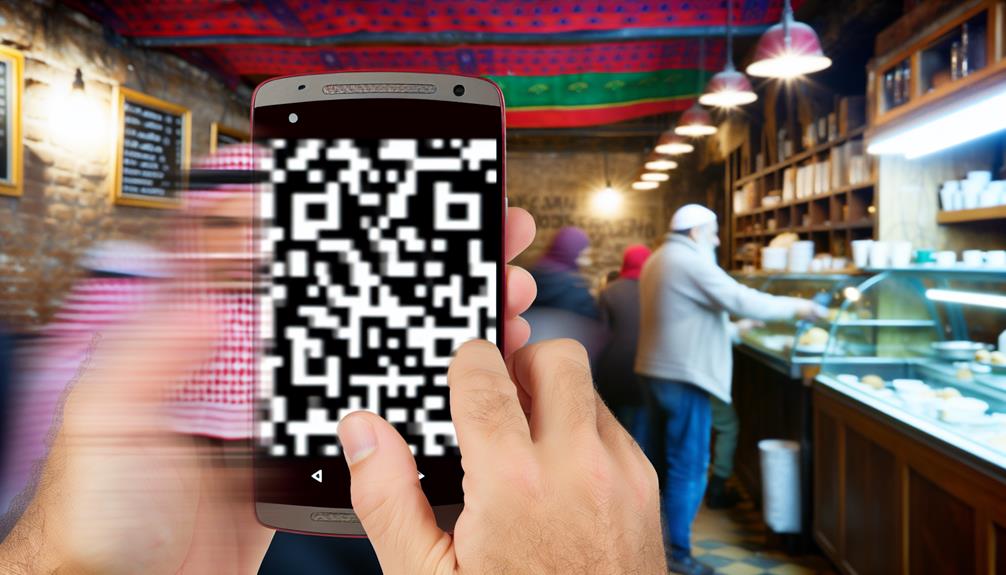
If you're having trouble scanning a QR code, the first thing to check is your camera permissions; make sure your scanning app has access. Additionally, verify that you're in a well-lit area, as poor lighting can make it difficult for your camera to read the code. With these simple adjustments, you should be able to improve your scanning experience.
Check Camera Permissions
Frequently, scanning issues with QR codes on Android can stem from camera permission settings. If you're having trouble, it's important to check your camera permissions to guarantee your scanning app can function properly. Here's how you can manage your camera settings:
- Open your device's Settings: Navigate to the main settings menu on your Android device.
- Go to Apps: Find and tap on "Apps" or "Application Manager" to see a list of installed applications.
- Select the scanning app: Locate the QR code scanning app you're using and tap on it to access its settings.
- Check Permissions: Look for the "Permissions" option. Verify that the camera permission is enabled. If it's not, toggle it on.
Adjusting these permission settings can help resolve scanning problems you might encounter. By verifying proper permission management, your camera will be ready to scan QR codes effectively. If issues persist after confirming permissions, consider exploring other troubleshooting steps.
Ensure Proper Lighting
Even with the right permissions in place, scanning QR codes can be hindered by poor lighting conditions. If you're struggling to scan a code, take a moment to assess your environment. Ideally, you want bright, even lighting that doesn't create harsh shadows or bright glares on the QR code.
Reflection issues can occur when light reflects off the surface of the code, making it difficult for your camera to read it. If you notice reflections, try to adjust the angle of your phone or reposition the QR code to minimize glare. Natural light is often best, so consider moving to a well-lit area or facing a window.
If you're indoors, turning on additional lights or using a flashlight can help illuminate the code better. Avoid scanning in dimly lit spaces, as this can lead to blurry images and inaccurate readings.
Tips for Effective Scanning
When it comes to scanning QR codes effectively, there are a few key tips to keep in mind. Adopting the right scanning techniques can make all the difference in guaranteeing your QR code scans smoothly and quickly. Here are some best practices to follow:
- Keep Your Device Steady: Hold your phone steady while scanning. Any movement can blur the image and make it harder for the camera to read the code.
- Adjust Distance: Find the right distance between your camera and the QR code. Too close or too far can hinder the scanning process. Start at about 10-12 inches away, then move closer or further as needed.
- Clear the Screen: Make sure your phone's camera lens is clean. A dirty lens can obstruct the view and lead to unsuccessful scans.
- Optimize Lighting: While you may have guaranteed proper lighting before, it's worth repeating. Bright, even lighting helps the camera pick up the code without glare or shadows interfering.
QR Code Safety Considerations
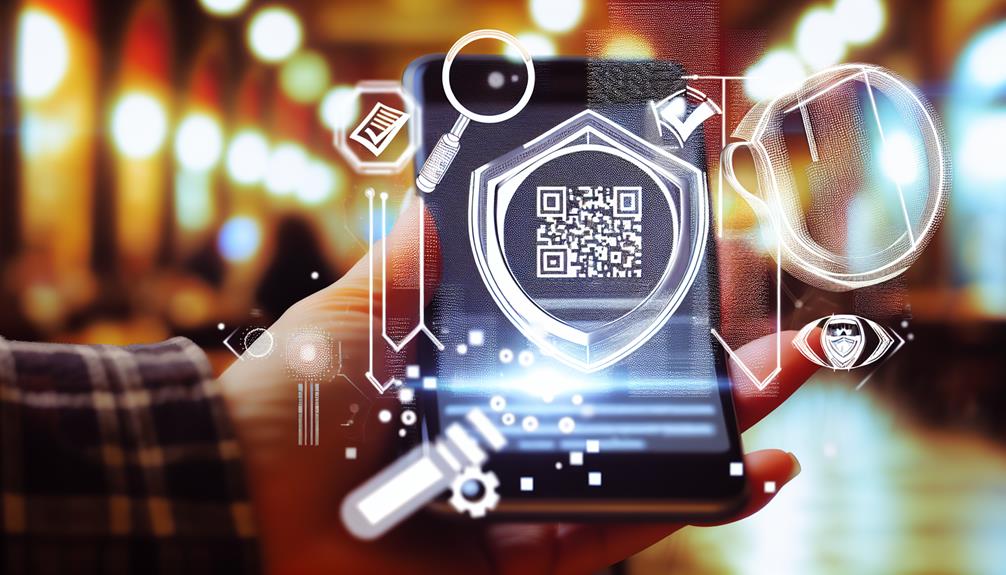
While QR codes can be a convenient way to access information quickly, it's essential to evaluate safety before scanning. These codes can lead you to websites or apps that might not have your best interests in mind. Always be cautious of where you're directing your device.
One major concern is the potential for malicious links embedded in QR codes. Scanning a code without knowing its source could expose you to phishing scams, malware, or even harmful websites designed to steal your personal information. If a code appears suspicious or comes from an unknown entity, it's better to avoid it altogether.
Another important aspect is data privacy. When you scan a QR code, you often share information—your location, device type, or even personal data—without realizing it. Before scanning, consider whether the information you might be giving away is worth the convenience.
To enhance your safety, consider using a QR code scanner that previews the URL before you access it. This way, you can assess the link and determine if it's safe. Look for indicators of trust, such as HTTPS in the URL, which suggests a secure connection.
Frequently Asked Questions
Can QR Codes Store Personal Information?
Yes, QR codes can store personal data like contact details or payment info. However, be cautious about QR code security; malicious codes can compromise your information, so always verify the source before scanning.
Are There Size Limits for QR Codes?
Yes, there are size limits for QR codes. The QR code dimensions affect how much data you can store, while QR code complexity determines the maximum amount of information, influencing the overall scannability and effectiveness.
Can QR Codes Be Scanned From a Screen?
Yes, you can scan QR codes from a screen using mobile scanning. Just make certain there aren't any screen reflections obstructing the code. Position your device correctly for best clarity, and you'll have no trouble scanning.
How Can I Create My Own QR Code?
Creating your own QR code's as easy as pie! Just choose your QR code design, select from various QR code types, and use an online generator. You'll have a unique code in seconds!
Do QR Codes Work Offline?
Yes, QR codes work offline. Their functionality relies on the information encoded within them, so you can scan and access that data anytime, even without an internet connection, as long as you have the appropriate scanner.
Conclusion
In a world full of quick connections, scanning QR codes on your Android device is a breeze! Whether you're using the Camera app, Google Lens, or a third-party scanner, you can easily tap into the treasure trove of information these codes offer. Just remember to troubleshoot any tricky situations and prioritize safety to guarantee a smooth scanning experience. So, grab your gadget and get ready to discover delightful details with just a quick scan!
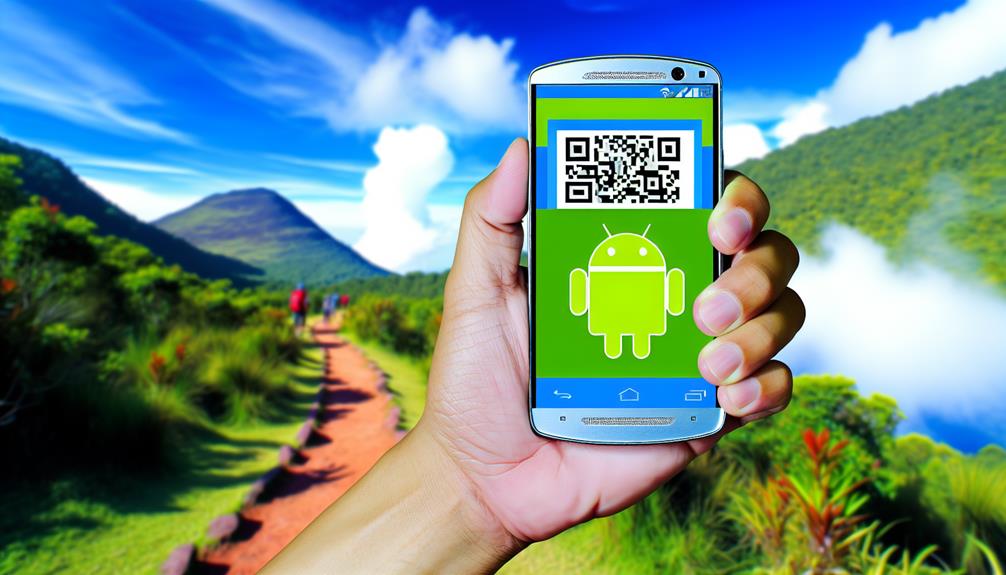



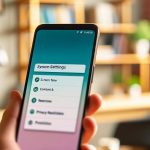

Leave a Reply